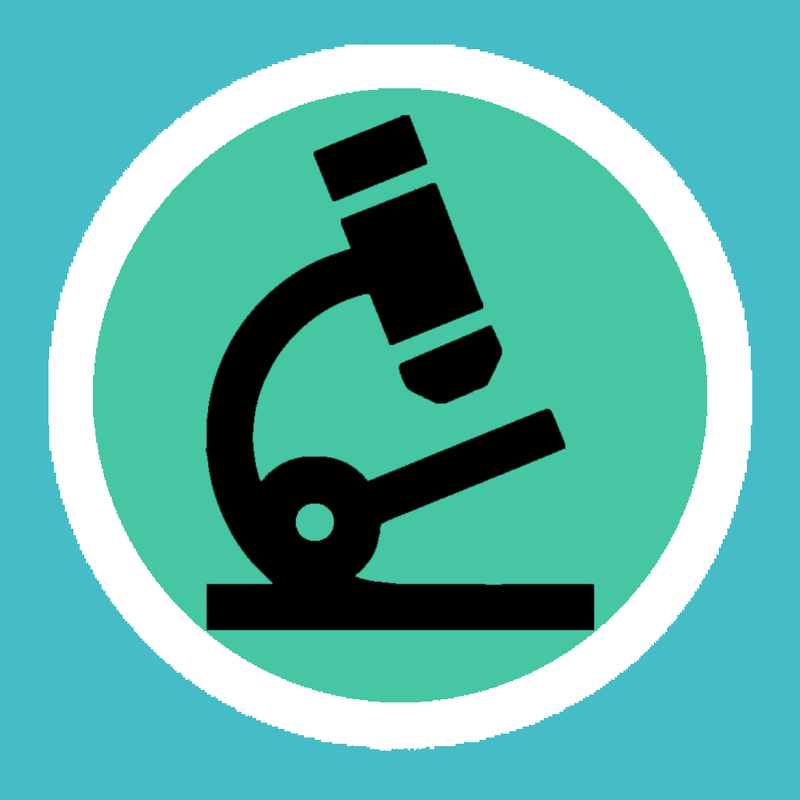

Xenobiology
Greetings. This document is supposed to brief and welcome you into the Xenobiology department. It will give you some basic knowledge and insight on how we operate.
This department pursues the research of Xenian fauna and flora. Whilst committing research, we aim to find and declare the subjects: Taxonomy and Classification, Physiology and Biochemistry, Ecological Roles, Reproductive Strategies, Biological Interactions, and most importantly potential applications.
And by potential applications I mean to find out ways they can be used to benefit our society and the progress of Human science.
The Xenobiology Departments progress is strictly regulated by the Combine Authority.
Any larger operations that could present a threat to safety and health must be first analyzed and accepted by the Authority before procedure.
Strict Regulation of the Department is meant to ensure research will not lead to any catastrophic events such as the Black Mesa Incident.
Human Science had already shown it's catastrophic nature when not regulated by our Benefactors through extinction level threats such as the creation of Atomic bombs or the Resonance cascade.
Upon entry to the Xenobiology department, you will be granted the rank of Entrant. When requested, you will be provided with specimens to study through means that do not require any technology. This research can be conducted through observation.
After one week and the submission of at least three research reports, you may propose an idea to conduct research using technology. You can then request permission from a superior to carry out the test and present your hypothesis. If approved, they will supervise your research.
Suppose the test is executed without any issues. In that case, you will be promoted to the rank of Researcher, and you will be able to use certain technology after submitting a request on your PDA that is approved by your superior. (Submit request on a Discord channel dedicated to it)
[HIGH RANK] - [OTHER CMRU SUPERIORS, NO HIGH RANK FORM HAS BEEN ESTABLISHED WITHIN THE XENOBIOLOGY DEPARTMENT ITSELF]
Divisional Supervisor - Department lead
Species cataloging:
Conductor of this Experiment: [Your name here]
Provide a picture of the Specimen: [Picture of what you're conducting your experiment on]
Hypothesis: [What do you think will happen to the specimen]
Environmental Context: [Glass container filled with water]
Resources used in this experiment: [Microscope, Syringe containing bacteria, etc.]
Addendum: [Observation, Any changes in behavior observed during the experiment]
Notes: [Initial findings]
(Optional) More photos of research
(Sidenote - These do not require high effort as long as it displays enough simple information about your research)
(OOC: These reports should be posted in a dedicated channel on the Discord)
EMERGENCY PROTOCOLS
Incase such events were to occur, here's how to respond to ensure your safety:
Type "Jiken" Protocols:
"Jiken" Protocols contain information on how to respond to emergencies that do not pose any Environmental Hazard
Protocol J-1: Upon coming into contact with acid, you must quickly remove any clothing that the substance has spilled on. If the acid has spilled directly on your skin, you should brush it off using an object such as a brush. Once the acid has been removed, place the affected area under warm water and rinse it thoroughly for 1 hour. Still, do check in with your local medic afterwards.
Protocol J-2: Headcrab Attack, if a Headcrab latches onto your buddies head, you have a span of 10-20 seconds before the Headcrab neutralizes it's target. To safely remove the headcrab you must approach it's victim from the side and tightly grasp headcrabs main body and remember to avoid sticking your fingers in too deep as to not touch the headcrabs teeth, make the victim tilt his body forwards and do your best to push the headcrab off of the mans head.
If the Headcrab managed to impale the victims front chest with it's legs, the victim must be immediately transported to the emergency room and have deadly mutagenic toxins pumped out of him. Send the victim to the clinic no matter the state hes been left in after a headcrab attack, though if the headcrab manages to pierce it's legs through the victims chest it's most urgent to have the victim be transported to the clinic as fast as possible.
Type "Higashizumu" Protocols:
"Higashizumu" Protocols contain information on how to respond to emergencies that both pose a threat to health and an Environmental Hazard.
Protocol H-1: A Person who has been exposed to Xen Infestation Spores for long periods of time can be identified by: A Pink Eye, Dizzyness, Vision blackouts, The smell of ammonia and dead animals.
Upon coming in contact with such a person you must immediately report yourself to the clinic and get tested.
If the person identified, or you will be found to have Xen Spores within your organism, you will be put in a quarantined room with strong UV Ray lamps that will weaken the process of growth, our researchers will do their best to clear the subject of Xen Spores though if unsuccessful, power must be cut in the room in which the subject is located in and a team of Infestation Control will be sent to dispose of the mess.
Protocol H-2: A breach has occurred, meaning one of the flora specimens has grown out of its containment. Refer to Protocol H-1 to identify any infections. If directly exposed to the plant, minimize breathing and distance yourself from it and others by 4 meters. Once you are safe from further exposure, acquire protective clothing and request decontamination.
To prevent the growth from spreading beyond the room, personnel must place UV ray lamps at the entrance and cut power if the growth begins to reach the ceiling. Once prepared, an Infestation Control unit can be sent in with a cleanup solution to remove the growth.
Protocol H-3: The Growth has progressed throughout the clinic/building. All personnel must be evacuated, and the building must be quarantined with Infestation Control checkpoints set up at all entrances. Forcefields must be established around all entrances, along with UV ray lamps. The ICU is then required to set up blockades and checkup tents, which will also serve as a temporary clinic. Citizens residing near or working inside the clinic will be required to undergo testing.
Protocol H-3b: If trapped during such an outbreak inside the clinic, you must barricade yourself in a room and block all gaps through which spores could enter, using cloth. If possible, acquire protective clothing and a gas mask, and remain in place until rescued.
Protocol H-4: The same as H-3, just on a much bigger scale. (If the Infestation expands on the street)
(NOTE: Document may be expanded on in the future.)
